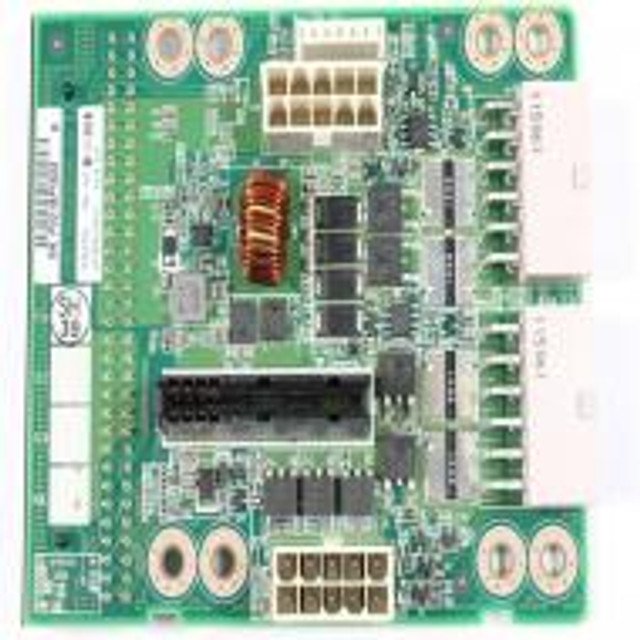Physical Address
304 North Cardinal St.
Dorchester Center, MA 02124
Physical Address
304 North Cardinal St.
Dorchester Center, MA 02124

In the world of IT infrastructure, we often lavish attention on the latest servers, high-speed switches, and vast storage arrays. These pieces of computer hardware are the undeniable stars of the data center. However, their performance, and indeed their very operation, hinges on a more humble, yet utterly critical, component: the Power Distribution Unit, or tech. Often mistaken for a simple power strip, a modern PDU is the central nervous system for power within your rack, transforming raw electrical input into managed, reliable, and intelligent energy for all your critical devices. For anyone responsible for IT hardware lifecycle management, understanding the role and evolution of the Power Distribution Unit is non-negotiable for ensuring uptime, efficiency, and scalability.
At its most fundamental level, a Power Distribution Unit is a device fitted with multiple outlets designed to distribute electric power to a rack full of equipment like servers, networking gear, and storage systems. If you’ve ever looked at the back of a server rack and seen a long, vertical strip with numerous power sockets, you’ve seen a PDU. The immediate comparison to a common office power strip is understandable, but it’s a dramatic oversimplification. While a basic power strip is designed for low-demand consumer electronics, a professional-grade Power Distribution Unit is engineered for the high-density, high-availability, and 24/7 operational demands of a data center or server room. It is a foundational piece of IT hardware that acts as the crucial bridge between your facility’s primary power source and the sophisticated computer hardware that runs your business.
The core function of any Power Distribution Unit is to take a high-amperage input source (like a 30A or 50A circuit) and break it out into multiple, more manageable lower-amperage outlets (like C13 or C19 outlets, common on servers). This allows you to power dozens of devices from a single, robust power feed, simplifying cabling and infrastructure.
You might wonder why you can’t just daisy-chain consumer power strips. The answer lies in the profound risks and operational inefficiencies that approach introduces. A dedicated Power Distribution Unit provides several vital benefits that are essential for any professional setup:
Not all Power Distribution Units are created equal. They exist on a spectrum of functionality, generally categorized into three main types. Choosing the right one depends entirely on your specific needs, budget, and the criticality of the computer hardware you are powering.
1. Basic PDUs: The Reliable Workhorse
A Basic Power Distribution Unit does exactly what its name implies: it distributes power. It offers no remote monitoring or control capabilities. Think of it as a heavy-duty, rack-optimized power strip.
2. Metered PDU: Gaining Visibility
The Metered Power Distribution Unit adds a crucial layer of visibility: the ability to monitor the aggregate power consumption of the entire unit. This data is typically accessible via a digital display on the PDU itself.
3. Smart / Intelligent PDU: Total Control
At the apex of Power Distribution Unit evolution is the Smart PDU (also known as a Monitored or Switched PDU). This is where the device truly becomes an intelligent member of your IT hardware ecosystem. A Smart PDU includes a network management card, allowing you to access its data and controls remotely over the network.
Selecting the right Power Distribution Unit requires more than just choosing between Basic, Metered, and Smart. Here are other critical factors to consider:
The Power Distribution Unit has evolved from a simple passive component into a strategic piece of IT hardware. It is no longer just about providing power; it’s about managing it intelligently. In an era where every minute of downtime can result in significant financial and reputational damage, the ability to monitor, control, and optimize the power flowing to your computer hardware is not a luxury—it’s a necessity.
By investing in the right type of Power Distribution Unit for your needs, you are not just plugging in your servers. You are building a foundation for resilience, efficiency, and control. You are enabling proactive maintenance, preventing costly outages, and gathering the data needed to make smarter decisions about your infrastructure’s future. The next time you plan your rack layout, give the PDU the strategic consideration it deserves. It is the silent guardian that ensures the heart of your digital operations continues to beat, powerfully and reliably.